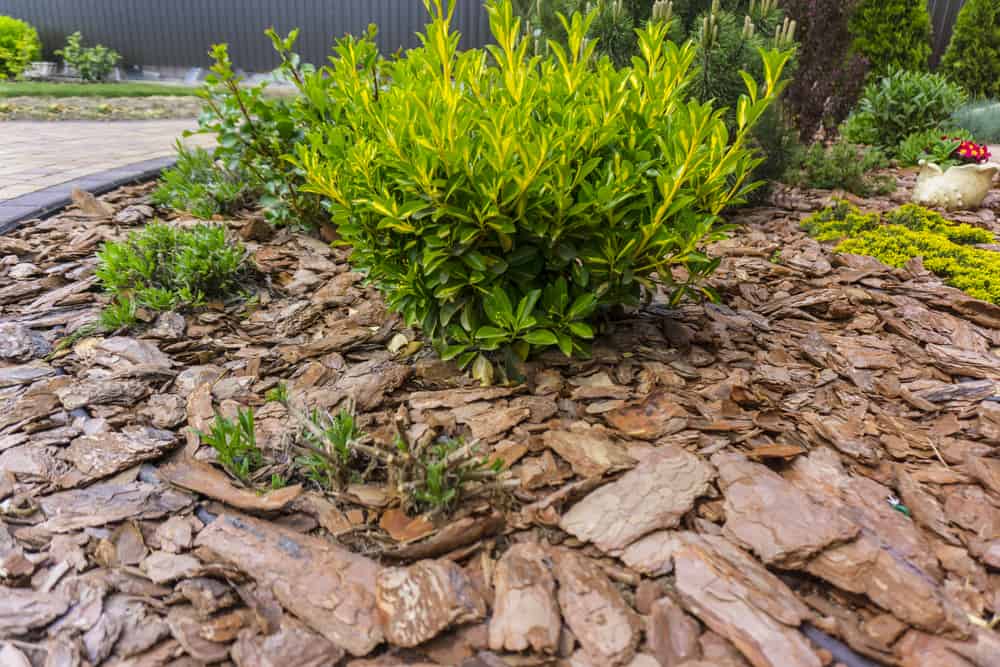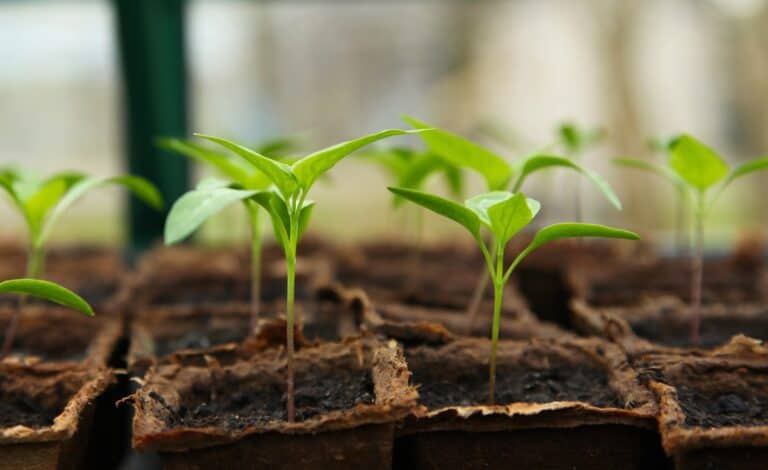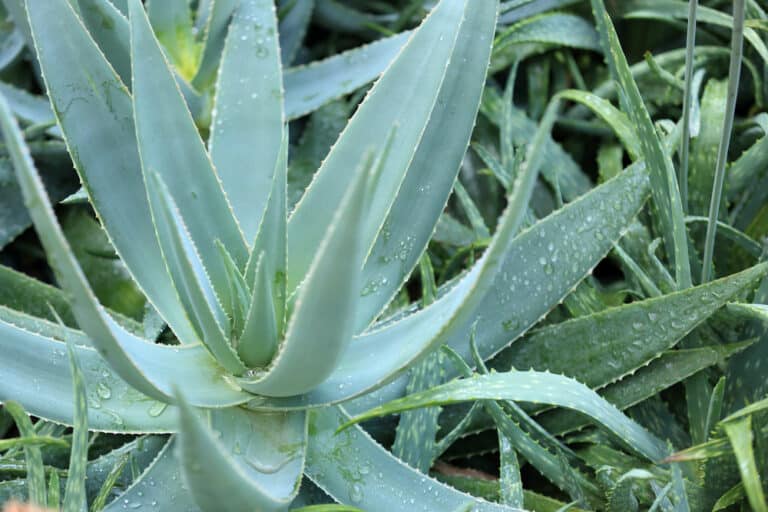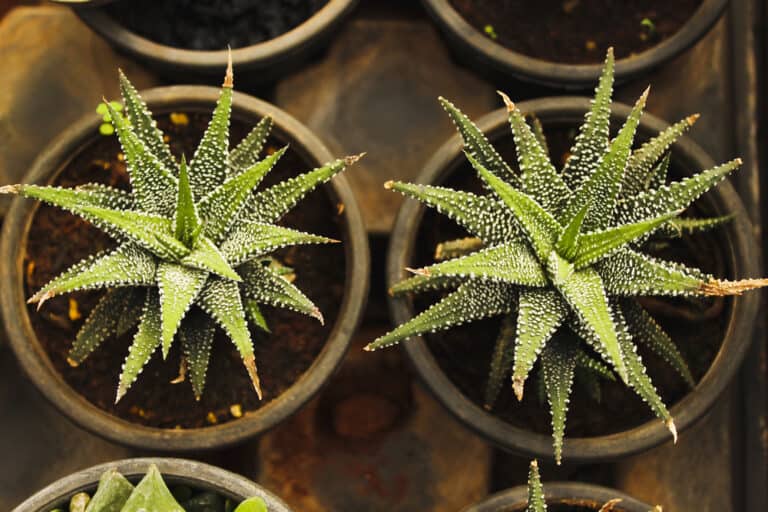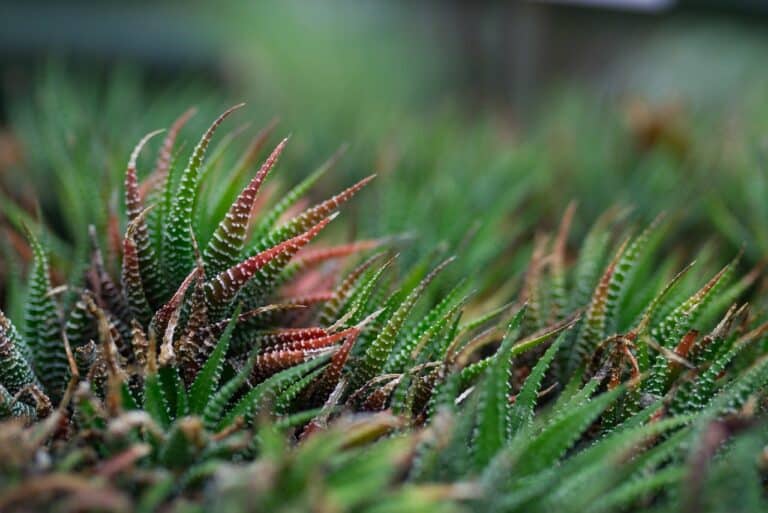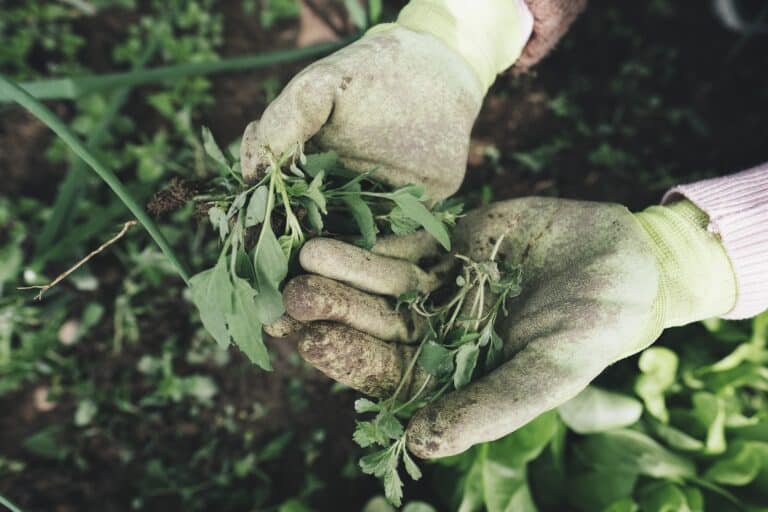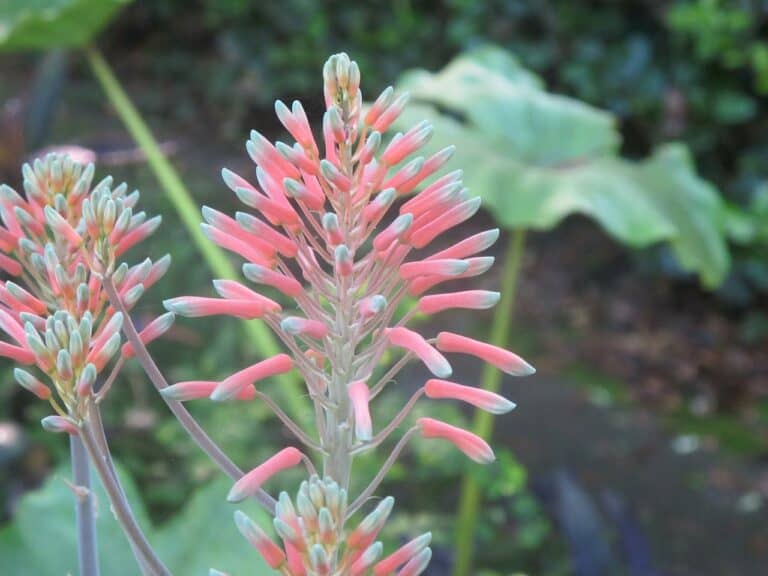Table of Contents
How to Compost Wood Chips Fast?
Wood chip compost is an excellent option for your vegetable garden, but it will take time for them to break down and transform into compost. It is good news that you can accelerate the process of composting with hot composting, which can transform your wood chips of arborists to compostable wood chips in the space of a few months! It is suggested to compost hot since it kills weed seeds and sterilizes organic matter, which makes it safe to utilize in your garden.
In addition, your compost pile will be producing beneficial microbes that can benefit the soil. Composting hot is the fastest method of composting wood chips. It will also create the most desirable gardening material.
Fresh wood chips cut from the forest can be used in your garden for mulch right away. But the addition of the compost layer below the arborist wood chips can help the wood chips benefit your garden in the shortest time possible.
Composting Methods
Composting is the fastest method of decomposing the wood chips into usable compost. However, these techniques will require personal managing of the organic material to convert it from carbon-rich timber to the delicious and sweet black gold that the gardens are begging for.
If you keep a healthy quantity of carbon (the wood chips) and nitrogen (coffee grounds and lawn clippings), the pile will heat up, and the wood chips will be reduced more quickly to compost. If, like me, you don’t want to wait for years to wait for your compost to be ready, below are five methods to compost wood chips quickly:
- Incorporate into hot compost piles
- Cover Hot Compost Piles
- Nitrogen Ratio method
- Role of Oxygen in Decomposition
- Add Compost worms
Incorporate into Hot Compost Piles
Wood chips can require several months to decompose fully, and if you are adding them to a compost heap, ensure that you give the wood chips enough time to break down before adding them to your flower or vegetable gardens. Then, follow the step by procedure to decompose Wood chips.
- Place your pile in a position where it receives full sun or direct sunlight for at least 6 hours every day. Create a different bundle from the compost you already have.
Mix the ingredients into unison or in a pile of identical length, width, and height, so that the middle of the mixture is heated effectively. It is recommended to choose an area between 3 to five cubic inches. It works in the majority of cases.
- You can use scraps of vegetables, fruits, coffee grounds, and animal manure. To speed up decomposition, chop and cut the ingredients into small pieces.
- For more enormous piles, use two handfuls. NPK of 10-10-10 fertilizers contains the same nitrogen, potassium, and phosphorus – the last 10% each. If you’d like to be 100percent organic, you can substitute with fresh manure from a chicken – both are excellent sources of nitrogen.
- This allows the fertilizer to absorb and dissolve in the wood chip.
- Once you have created your compost pile, mix it each two weeks.
Should turn the materials from the middle towards the outside of the pile and in reverse. In just three months, the wood chips and other green materials decompose and become compost. Wood chips decompose faster during the summer months because the central part of the pile heats up.
Precaution
Do not turn the pile during frigid winter days. It will let the heat escape, and the process of decomposition will become considerably slower.
Cover Hot Compost Piles
- Add some leaves or compost that are partially finished to the pile of wood chips and then use a garden hose to make the bank wet so that it is moistened and then cover the mound with a sheet of tarp. Within six months to an entire year, you’ll most likely have a pile of compost that is finished.
- Based on your area’s climate and the time of the year, the number of pieces of wood and the form of the pile will determine the amount of time needed to compost completely.
- This technique is ideal when your wood chips are situated in a border corner or edge of your property, where the decaying wood chips are away from view and out of sight. First, add leaves and water and cover them until the following year.
Nitrogen Ratio method
Wood chips are a Rich Source of carbon rather than Nitrogen. Be sure to have the proper proportion of nitrogen-rich and carbon-rich materials. Therefore you’ll have to add green materials to composted wood. You can add “fuel” into the mix along with plenty of greens to help heat the process and increase the speed. For instance, you could add lawn clippings from the garden coffee grounds, food waste, or manure.
As per experts, the ratio of greens and browns is vital to ensure the rapid degradation of wood chips. Take note of your proportion between green and carbon materials, as the final product may not be as appealing.
Browns are organic compounds that are rich in carbon, as is the case with
- Wood
- Autumn leaves
- Dry grass
- Paper
- Greens like freshly cut grass
- Kitchen vegetable waste
Manure from herbivores is an excellent nitrogen source. In addition, the material decomposes faster as your compost pile heats up.
If you only have the wood chippings in your compost heap, it can slow the process of breakdown.
Role of Oxygen in Decomposition
Turning adds oxygen to the heap and is vital for decomposition. The goal is to move your wood’s weight from one end in your wealth to the other and get the most temperature. Be sure not to turn the pile in winter because the pile will require warmth during the cold winter months. Additionally, microbes require oxygen and humid air. Therefore, add water to the compost pile, if required. The compost pile must be moist but not drenched.
Add Compost worms
Compost Worms (Red Wrigglers) can consume their entire weight in decaying materials in just a few days and push it through a stomach that has 1000 times more microbes than the food they consume.
Worms can also get rid of pathogens in compost. Although worms will not produce instant results, the more time they work on your compost, the better.
Size Matter in Decomposing Process
As small as the chips of wood are, the more quickly they’ll break down.
If you have trees at home that you want to process, we recommend purchasing a powerful wood chipper at home to ensure that the chips are as clean as they can. In addition, sharpening your chipper blades can help keep the machine operating smoothly.
If you’ve received bulky chippings of wood, then you could put them through the shredder of a chipper for an additional time. However, be wary of scattered debris, such as rocks.
Does Some Woods Take Longer to Compost compared to Other Woods?https://proficientgarden.com/7-secrets-for-a-high-yield-vegetable-garden/
If you see rot-resistant woods in the mulch pile, you should try to take them out. However, they are not likely to deteriorate rapidly, and some species like Cedar might hinder the process by preventing beneficial insects that can compost the wood.
These woods are thought to be impervious to rot and are often located in chips out of local lumberyards or mills:
- Oak
- Bald Cypress
- Redwood
- Cedar
- Osage Orange
- Black Locust
If one of these is found in your stack of chips, you should note that the woods’ types are more difficult to degrade.
Ensure to put the woodpile decomposing in a part of your yard you wouldn’t want to leave for a few days.
Best Time to Start
The conditions that encourage decomposition are always moist and warm, which is the case for your woodpile.
You can start building your wood chip stack all year long, but to get the most efficient results, you should arrange to receive chips during the winter months or in the early spring. This will give you between 3 and 8 months of warm temperatures to allow the chips to degrade.
Please create your mound of fresh chips and keep it moist. Be sure that it does not get dry, as the decomposition process will take longer. Make sure to turn the wood chip as frequently as you can (every two weeks) to allow them to decompose faster and more evenly.
Be careful:
Pure sawdust, uncomposted, is detrimental to the soil. This is because there are too high levels of carbon in sawdust, and there is not enough nitrogen.
The principal argument against this method is that the nitrogen that woodchips absorb in soil and bind up with during decomposition could adversely impact the plant’s growth.
Compost wood Impacts
Pros
- It helps to reduce the ground scraping away
- It helps to keep weeds at bay
- It is possible to find it at no cost
Cons
- Trees that are softwood can affect the pH of soil
- Will be wiped away by heavy rain
- Process Depend on season
Conclusion:
Wood chip compost may help in water drainage and help prevent insects, weeds, and the effects of frost within your plants. Whatever you choose to use your wood chips for, it’s a way to recycle organic matter that is essential!


